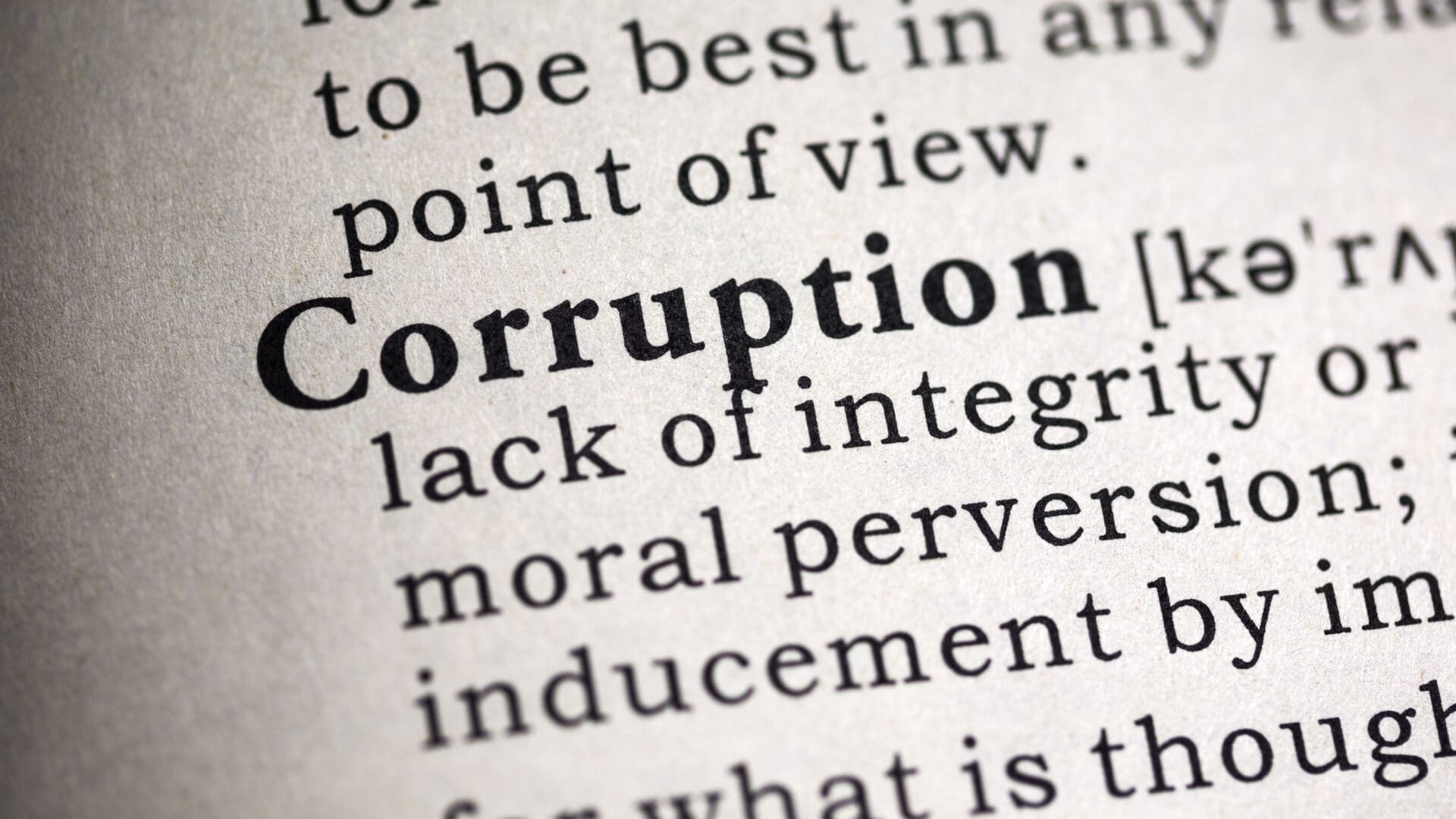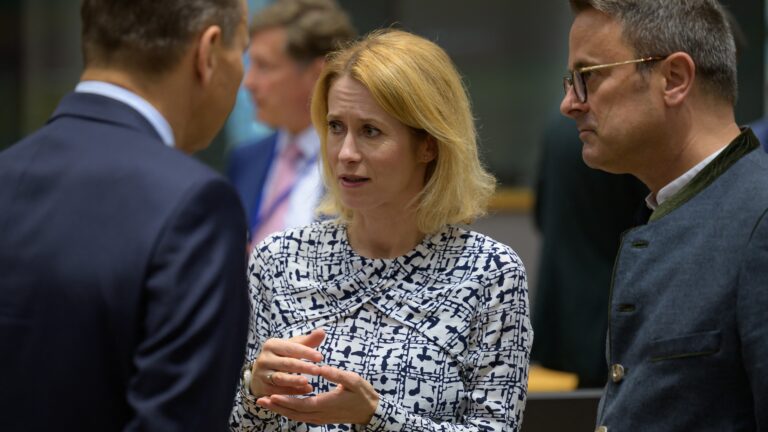The CPI rankings of Transparency International (TI) have claimed for some time now that Hungary is one of the most corrupt states in the EU. Now TI suggests that Hungary is actually the worst performer in the whole European Union. But in order to get a realistic idea of what these rankings are really about, one must dive into how a perceptions index research is conducted, and how realistic the picture it paints really is.
The CPI rates nations on a scale from 0 to 100 and defines corruption as ‘the misuse of entrusted power for private gain’. More than just providing an alleged snapshot of the corruption situation worldwide, Transparency International’s reports garner major media interest and spark international anti-corruption activities across a variety of national governments and international organizations. The TI initiative and methodology has spurred a great deal of crucial academic research on the subject.
The Issues with the Index
Perceptions are not facts and more often than not they are not backed by any evidence. The CPI is subject to criticism for a number of reasons, including definitional issues, perception bias, unreliable accuracy, a problematic statistical methodology, and an inability to identify long-term trends. Notably, perceptions do not always correspond to reality; in fact, there is ample proof that, at least in the case of corruption, there is frequently a startling discrepancy between perception and reality. Furthermore, it is important to consider whose perspectives are being tracked because the CPI is a composite index that incorporates data from numerous other studies. Most of the people who respond to these polls are business executives and country ‘experts’ who are typically based outside of the country being surveyed. As a result, it is not unexpected that they prefer to focus on bribery when discussing corruption. However, corruption entails much more than only accepting bribes, and the CPI finds it difficult to differentiate not only between different types of corruption but also between their impact and severity.
The CPI approach implicitly views corruption as one issue, an attribute of political systems that can be quantified through a single number or score that is relevant to an entire territory. In reality, however, corruption actually occurs in real-world contexts and places that are difficult to map onto the nation state, either because there may be significant local variation when addressing certain sectorial types of corruption or because corruption that involves transnational or cross-border networks. Every nation has areas that have a reputation for having much higher rates of corruption than the national norm.
It should also be noted that the index has not altered significantly since it was first introduced. The fact that the CPI actively creates perverse incentives in addition to serving as a poor guide for policy is perhaps the most revealing criticism it receives. The long-held belief that introducing ‘good governance,’ as defined in terms of a Western model of liberal democracy, is the sole method to tackle corruption is being seriously questioned. Although the importance of context in governance is becoming more widely recognised, many international donors and aid organisations still regard a country’s CPI ranking as a crucial performance measure. Along with a poverty trap, we may now be seeing the emergence of a ‘corruption trap,’ in which it may be nearly impossible for nations to obtain the kind of aid that could help them put in place policies to promote the very development that is supposed to provide the best protection against corruption once it becomes systemically embedded.
The CPI may contribute to a vicious cycle by rewarding improper policy responses while also ingraining in the public’s perception of corruption a strong and deceptive elite bias.
The Hungary Case
For the reasons mentioned above, Hungary is not generally in the top countries in the ranking, rather towards the bottom. However, when taken into consideration that the index itself worsens the perception of a country after it is published yearly, that might be understandable. As recent events have shown, the Hungarian perception due to such studies has reached levels where the government was forced to create a body that monitors corruption, otherwise Hungary would have not been granted EU funding. This raises an issue by itself, since in general this practice is toxic. Nevertheless, on 3 October 2022, the Hungarian parliament approved a set of anti-corruption regulations as part of the government’s agreements with the European Commission. The new IA (Integrity Authority) is a national authority, but its main duty is to safeguard the financial interests of the EU. It has been created as a fully independent administrative entity that is only subject to applicable laws in order to accomplish its mandate. However, the director and any deputies are chosen for a six-year non-renewable term by the President of Hungary on the recommendation of the head of the State Audit Office.
More generically speaking: take a country, for instane, that is struggling to maintain economic stability, so they strike deals with large corporations to help their finances. The deal stricken is perceived by other countries and journalists as corruption, because the government is now dealing with someone in the private sector instead of solving the problem by themselves. This causes their CPI rankings to drop significantly with no way for them to change the perception. If they undo the deal, their economy collapses, if they keep it up, their CPI ranking takes a dive.
This is not necessarily the case for Hungary, however, it can be concluded that if Transparency’s index causes a country to spend large sums of their already lacking funds to create measures that otherwise would not have been necessary, the publication will not help with corruption in the given country.
Another issue that international critics have pointed out is that corruption originating in the private sector is not surveyed by CPI. This gives Western countries that are well-known to be tax havens and governments that actively help corporations with tax evasion a pass and despite their very questionable practices depicts them as mostly free of corruption. The Hungarian efforts to make companies pay their taxes locally, also by providing legal and reasonable incentives in that regard, for instance, by offering a very low corporate tax, are not recognised at all.
All of the above problems with the way the CPI report is compiled makes it less and less credible, and also make it appear as a tool to reinforce negative stereotypes and become weaponised by those who are critical of the Hungarian conservative governance.








